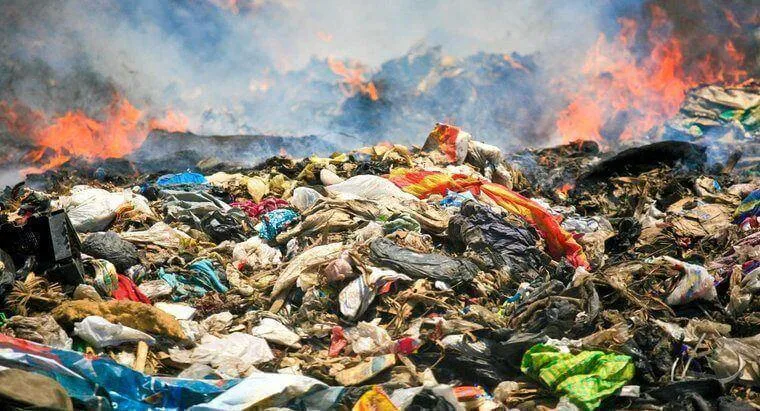

Design, clothing and accessories that go quickly from shops to wardrobes. In a nutshell, this is the meaning of the term Fast fashion. Fast fashion, or rather disposable fashion, which arrives quickly on the shelves and, just as quickly, leaves them to disappear in a few months.
What is fast fashion?
Fast fashion at a low price, that of clothing collections that are inspired by the catwalks and influence current style trends. The main objective is, in fact, the production of clothes and accessories in the shortest possible time, and then quickly move on to the next collection, creating new trends for the quicker replacement of the first ones. A fashion, therefore, ‘disposable’. Fast fashion, precisely because of the pursuit of speed in the various aspects of the production chain, makes garments particularly cheap, losing quality and durability.
The main engine of this type of economy is undoubtedly the marketing that determines the desire for new creations. All this is achieved by promoting fashion as something fast, low-priced and easily replaceable with other trendy garments. Fast fashion companies enjoy higher profit margins thanks, above all, to three crucial factors: time to market, costs and purchase cycle. All factors that, in fact, are sought after at the expense of sustainability. The unsustainability of fast fashion
Various studies show how Western countries, and especially the United States, have multiplied the purchase, and therefore the production, of clothes (Americans actually buy five times more clothes than 30 years ago). An increase in consumption that significantly contributes to the pollution caused by fast fashion, as well as to the increase in the amount of fabrics discarded each year. In fact, the textile industry occupies about 5% of global landfills. In addition, the clothing that is thrown into landfills is often made up of synthetic or inorganic materials that do not degrade completely.
The environmental impact
But waste is not the only impact on the environment caused by the fast fashion industry. The textile industry occupies the second place as the most polluting industry in the world, especially due to the fast fashion method that uses manufacturing processes that are not very attentive to the environment. It is undeniable, in fact, that in all phases of textile production, aquatic, terrestrial and atmospheric ecosystems suffer lasting environmental damage: from the release of greenhouse gases into the air to the sum of global transport and the use of heavy machinery, which it generates carbon dioxide emissions, up to the release of dangerous gases, various pesticides and dyes released into the aquatic environment.



